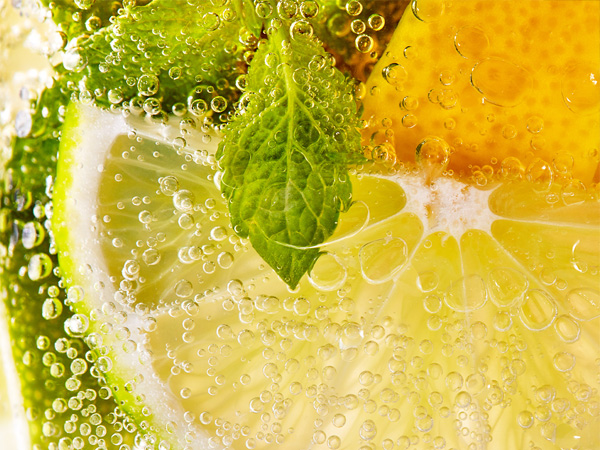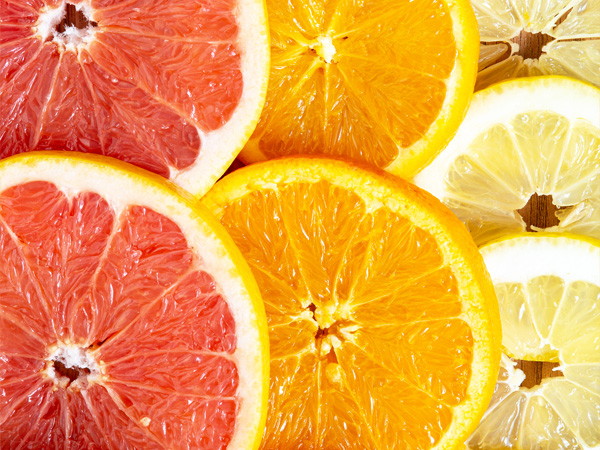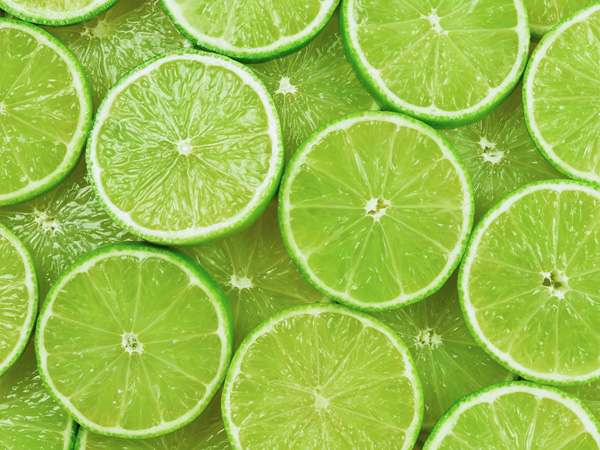FREEZE-DRYING
Technology of Future for Traditional Methods
FREEZE DRY SYSTEM
While freeze drying can accomplish many things, its primary goal is to protect the biological and chemical structure of a sample through the process of sublimation. Once complete, the sample can be used for testing, long term preservation, or in the case of food, eaten. In the laboratory, the applications of freeze drying are limitless.
Stages of Freeze Drying
There are three stages in the freezedrying process: Pre-freezing, primary drying, and secondary drying.
Pre-freezing
The pre-freezing stage is the most important stage of the freeze-drying process. In this stage, sample material will need to be cooled to at least the temperature of the melting point for that sample. This ensures the sample will be completely frozen and can then undergo sublimation. If the sample isn’t frozen solid, evaporation will occur and the sample will not achieve the same preservation properties that occur with sublimation. The rate at which sample freezes will affect the size of the ice crystals that form. If not done properly, it can impact the speed of reconstitution, length of the freeze-drying process and integrity and stability of your sample. Larger ice crystals facilitate faster and more efficient lyophilization because water molecules are able to move more freely out of the sample during sublimation. For samples like food or tissues, large crystals can break the cell walls and damage sample. In these situations, it is best for freezing to be done quickly through flash freezing, creating smaller ice crystals.
Primary Drying
With the low pressure environment, evaporative cooling of the sample begins, allowing for energy in the form of heat to speed the freeze-drying process. At the end of primary drying, roughly 93% of the water in the sample is sublimated out. For long term preservation of the sample, the run would continue on to secondary drying.
Secondary Drying
In the secondary drying phase, water molecules that are bound to the sample are released. Additional heat is added in this stage to drive off excess moisture, leaving behind a moisture content of about 2%. Secondary drying used for being prepared for long term preservation and storage. While freeze drying can accomplish many things, its primary goal is to protect the biological and chemical structure of a sample through the process of sublimation. Once complete, the sample can be used for testing, long term preservation, or in the case of food, eaten. In the laboratory, the applications of freeze drying are limitless.
WHY FREEZE-DRYING TECNOLOGY

Nutrition
Freeze drying maintains nearly all of the nutritional value of fresh food. Other methods of preservation, such as canning and dehydrating, use high temperatures that destroy much of the food value. Freze Dried: Nearly All Dehydrated: 60% Canned: 40%

Shelf Life
Refrigerated, frozen, and canned food just don’t last very long. Freeze dried food will last up to 25 years and does not need to be to be rotated like other foods. Freeze dried food is perfect for home storage. Freeze Dried Food: UP TO 25 YEARS Dehydrated Food: UP TO 4 YEARS Canned Food: UP TO 3 YEARS

tASTE
Unlike other methods of food preservation, freeze drying does not shrink or toughen the food, and retains flavor, color, and nutrition.

VERSATILITY
Freeze drying works great for fruits and vegetables, but unlike other options, it also perfectly preserves meat, fish, dairy, eggs, ice cream, and even fully-cooked meals.

Be comfortable
Most exciting point is that you do not need to use any additives and preservatives in the raw food materials and after freeze drying process. Freeze dried foodfar away from coloring matters,additives, preservatives, GMO and anti –season food material.Freeze drying help us design a healty lifestyle. This is one of the merits of freeze-dry products.
Advantages of FREEZE-DRYING TECNOLOGY
- Treated products retain their original shape and structure
- Aromas are better preserved than with other drying processes
- Better taste and consistency for food
- A gentle process that retains vitamins, nutrients and active ingredients well
- Less weight despite original structure
- Can be rehydrated
- Avoid risk of mold during drying
- Very fast drying process
- Freeze drying will kill almost all germs and bacteria in the process
- The material can be stored for up to 20 years
